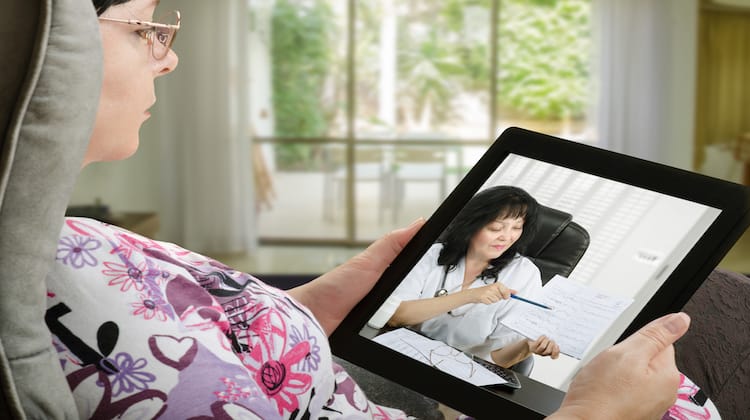The demand for speech-language pathologists (SLPs) is projected to grow at 21% through 2024, according to the Bureau of Labor Statistics. However, the supply of SLPs may not keep up with the demand, ultimately impact the education system and the healthcare industry.
The resulting demand for additional SLPs has been driven by several factors, such as:
- The aging population means that more people over 65 in the US will come with an influx of medical conditions such as stroke, brain injuries and dementia, which result in speech, language, and swallowing disorders which may have short-term or lifelong impact.
- Advances in healthcare has improved the survival rate of premature infants and these infants may need help with feeding and swallowing disorders.
- Early identification and diagnosis of speech, language and swallowing disorders in young children have increased the demand for SLPs’ services.
- Schools now must comply with a federal mandate, the Individuals with Disabilities Education Act (IDEA), which requires that disabled children ages 3 to 21 receive special education services and related services.
Similar to the situation with other specialties, the shortage exists throughout the US and rural areas are hit hard in both recruiting SLPs and supporting the rural population, whether school age or the older population. Considering rural areas contain 19.3 percent of the population or about 60 million people, as quoted by the Census Bureau Director John H. Tompson, there is a large part of the population that is not able to effectively receive the speech and language services they require.
As with other medical fields, the introduction of technology can ease the challenges of the high patient-to-specialist ratio in this situation. Telepractice, or virtual care, can fill these gaps. The American Speech-Language-Hearing Association (ASHA) uses the term “telepractice” as the application of telecommunications technology to the delivery of speech language pathology and audiology professional services. Patients can receive services at a variety of settings, including schools, medical centers, rehabilitation hospitals, community health center, outpatient clinics, patients’ homes, child care centers and corporate settings.
A virtual care communication platform can help SLPs drive better outcomes in a more efficient manner. A systematic review of studies using telepractice in speech, language and hearing sciences was conducted by the Journal of Telemedicine and Telecare and concluded that over eighty-five percent of the studies showed that using telehealth had advantages over non-telehealth approaches. Virtual consults and virtual visits can be an effective way to diagnose and treat both adults and children; the goals for children tend to focus on achieving developmental milestones whereas adults typically need a more rehabilitative approach.
By using video-based technology, SLPs can bring care to the patient, wherever he/she may be and engage patients in virtual treatment sessions. Virtual sessions can effectively replace many in-person sessions which are traditionally conducted at the patient’s home, a school, a community center, or a healthcare-related setting. Benefits of using a virtual care communication platform include:
- Cost-effective Care: Expenses associated with SLPs driving to/from in-person appointments will be reduced and SLPs can deliver care to more patients during the typical day.
- Increased Productivity: Instead of worrying about the accuracy of directions (or potential traffic delays) en route to a client’s home, SLPs can focus their available time (and related attention) on their patients – regardless of where the patient resides or where the SLP is based. SLPs’ “drive time” can be converted to “patient” time, enabling SLPs to treat more patients, more frequently, and more efficiently
- Enhanced Satisfaction: Virtual visits also offer the opportunity for SLPs to “visit” with patients in a way that improves overall satisfaction for all stakeholders. Patients continue to stay safely and comfortably at home or another setting which is part of their daily routine. And, SLPs continue to provide care to their patients but through a more convenient channel that leverages time and technology. By allowing SLPs the ability to communicate with patients via any device, anywhere, and at any time, virtual care platform provides these specialists with more convenient options in terms of when and where they provide patient care.
- Better Collaboration: With a virtual care communication platform, SLPs can also better collaborate with an interdisciplinary team, which may include teachers, physicians, audiologists, psychologists, social workers, physical and occupational therapists, and rehabilitation counselors. Interpreters can also be integrated into the video call, if the patient is part of the Limited English Proficient (LEP) population. According to a 2017 ASHA survey, forty-eight percent of SLPs used an interpreter or cultural broker during the past 12 months.
A virtual care communication platform can help SLPs treat patients when there are great distances between patients and available specialists. The platform can also enable the SLPs to be able to treat more patients, more frequently.

